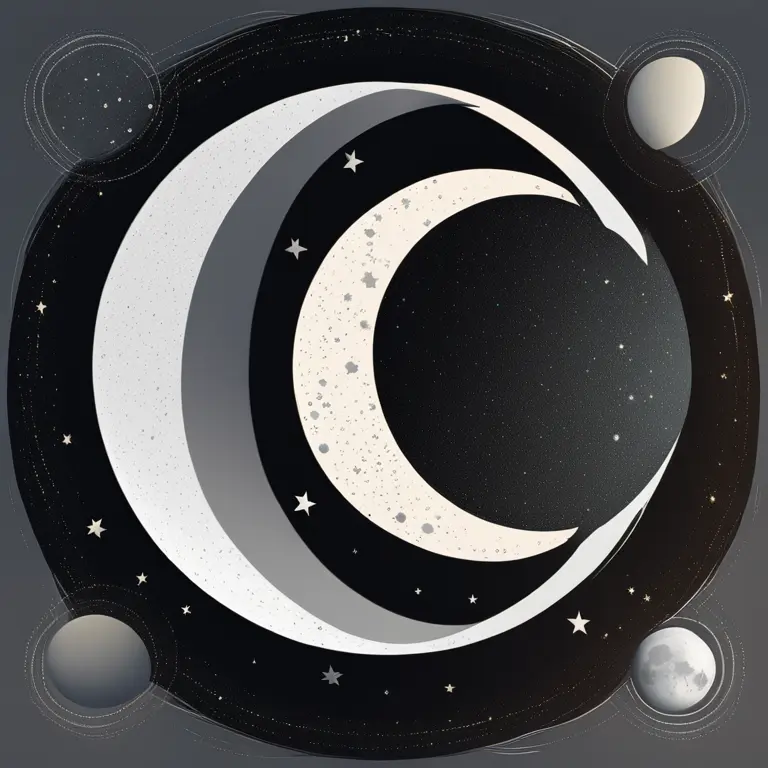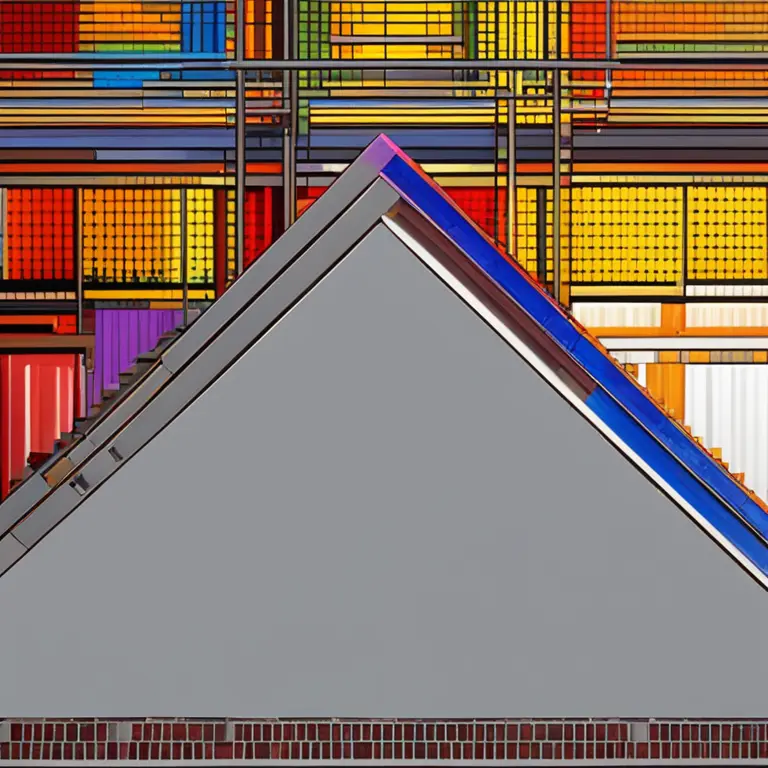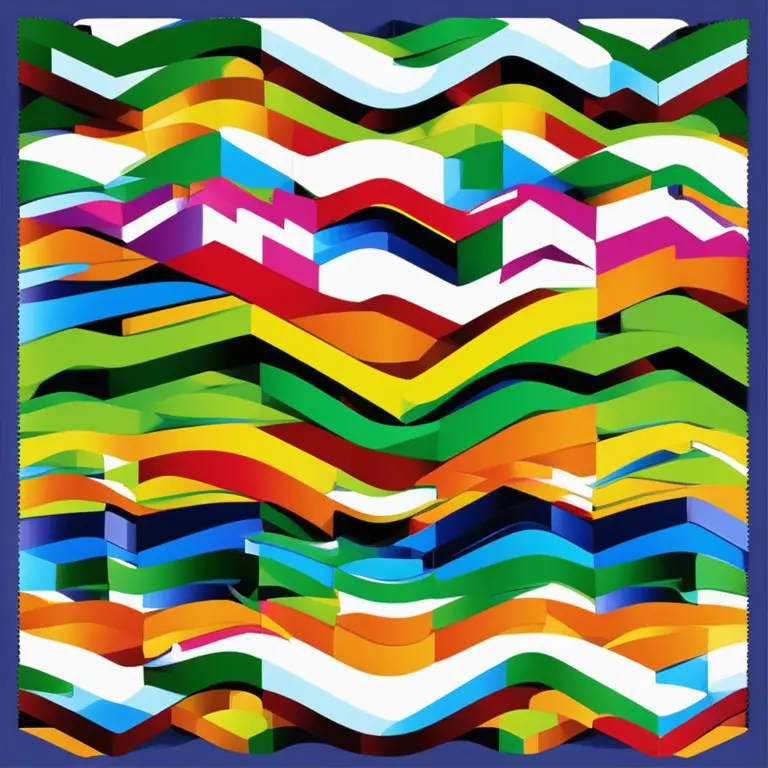
Astrology: Are Moon Phases Universal?
Discover whether the moon phase you see in the sky is the same for observers around the world or distinct from location to location.
article by Priya Deshmukh
The Moon's Shared Face
Often gazed upon with wonder, the moon's presence is a constant in our night sky, casting its soft, pale glow across the darkness. But does everyone on our planet witness the same phase of the moon at the same time? The answer lies within the moon's synchronous rotation. This means that the moon takes approximately the same time to rotate on its axis as it does to orbit the Earth. As a result, we always see the same side of the lunar surface, known as the near side, while the far side remains hidden from view.

Phases Visible Worldwide
Moon phases, from new moon to full moon and every sliver in between, are universally experienced phenomena. These phases occur as the moon orbits Earth, with its position relative to our planet and the sun determining the visible portion of the lit side. Regardless of your location on Earth, if you can see the moon, you'll observe the same phase as someone thousands of miles away. The change in phases respects no borders, serving as a celestial schedule known and shared globally.

Timing and Observation
Although the phases are consistent worldwide, the specific times at which they rise and set can vary based on your geographic position. When forecasting the precise timings for astrology or horoscope purposes in 2024 and later, these regional deviations can influence the interpretation of celestial influence. The moon's ascent and descent on the horizon frame its phases in a temporal dance, aligning somewhat differently for each observer according to their time zone.

Eclipses and Local Differences
A notable exception to this universality in moon phases occurs during lunar and solar eclipses. These events depend on the alignment of the sun, Earth, and moon, and what's visible can significantly differ based on your location. A total lunar eclipse observed in one part of the world might appear as partial or not occur at all in another. This local variability is crucial for accurate astrological insights, as eclipses can carry strong symbolic weight in predictive practices.
Cultural Interpretations of Moon Phases
Beyond the science, the moon's phases hold profound cultural significance and are interpreted diversely across the world. Astrological traditions from different regions may ascribe varying meanings to identical lunar phases, weaving the moon's rhythmic cycle into personalized mystical narratives. This universal spectacle thus enriches itself through the tapestry of local folklore and spiritual beliefs, strengthening its impact on horoscopic readings.
Technological Nuances in Calculation
In today's age of technology, accurate moon phase calculations are essential for horoscopes, astrology, and biorhythm charts. Tools and applications equipped to cater to the global audience of 2024 and beyond must consider the nuances of geographical position in their algorithms. As every adherent deserves bespoke celestial analysis, technology's precision becomes a bridge between the cosmos and the individual seeking enlightenment.
Published: 1/19/2024
Modified: 1/19/2024
More predictions
Come back here soon to learn more about yourself and your future


Can Tarot Cards Forecast Timing Events?
Delving into the potential of tarot cards to predict timing, examining their symbolic language and the challenges in forecasting temporal outcomes.


The Tarot Fool: A Journey of Potential & Beginnings
Delve into the symbolism of The Fool in tarot, revealing insights into new beginnings, potential, and the adventurous spirit of this enigmatic card.


Tarot Cards vs Zodiac Horoscopes: A Comparative Guide
Discover the differences between tarot readings and zodiac horoscopes, two popular methods used to gain insights into our lives and futures.